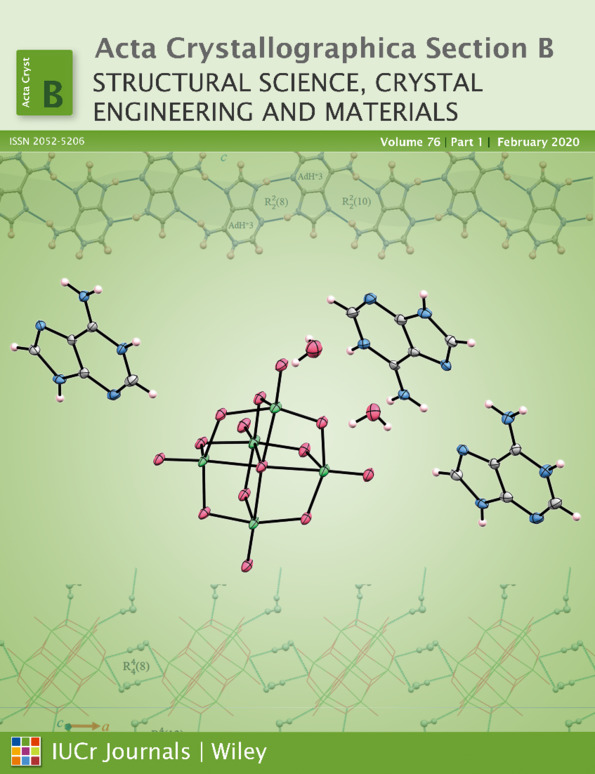The incommensurately modulated structures of low-temperature labradorite feldspars: a single-crystal X-ray and neutron diffraction study
Abstract
Labradorite feldspars of the plagioclase solid solution series have been known for their complicated subsolidus phase relations and enigmatic incommensurately modulated structures. Characterized by the irrationally indexed e-reflections in the diffraction pattern, e-labradorite shows the largest variation in the incommensurate ordering states among the e-plagioclase structures. The strongly ordered low-temperature e-labradorite is one of the last missing pieces of the e-plagioclase puzzle. Nine plutonic and metamorphic labradorite feldspar samples from Canada, Ukraine, Minnesota (USA), Tanzania and Greenland with compositions ranging from An52.5 to An68 were studied with single-crystal X-ray diffraction. Two crystals from Labrador, Canada, and Duluth, MN, USA, with wide enough twin lamellae were analyzed with single-crystal neutron diffraction. The incommensurately modulated structures of e-plagioclase are refined for the first time with neutron diffraction data, which confirmed that the T—O distance modulation in the low-temperature e-plagioclase results from the Al–Si ordering in the framework. Detailed configurations of the M site are also observed in the structures refined from neutron diffraction data, which were not possible to see with X-ray diffraction data. The relation between the q-vectors and the mole% An composition is revealed for the entire compositional range of e-plagioclase, from An25 to An75. The previously proposed two-trend relation depending on the cooling rate and phase transition path is confirmed. A new classification of e-plagioclase (eα, eβ and eγ) is proposed based on the q-vector of the structure, which makes it an independent character from the presence/absence of density modulation. New parameters are proposed to quantify the ordering states of these complicated aperiodic structures of e-plagioclases, such as the difference between ⟨T1o—O⟩ and ⟨T1m—O⟩ at phase t = 0.2 or the normalized intensity of the (071 ) reflection.
) reflection.




